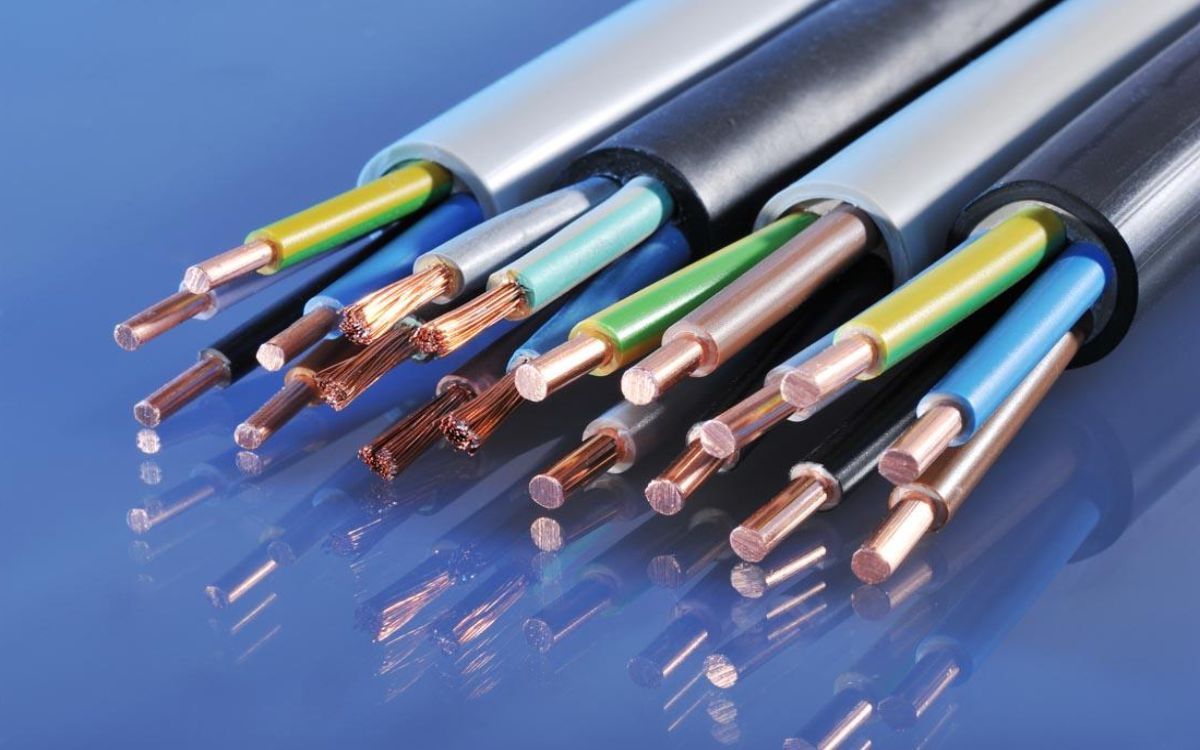Wires and cables are an integral part of electrical systems. They are responsible for transmitting electrical energy and signals. Choosing the right wires and cables not only ensures the safety and performance of your electrical system, but also saves costs and resources. So, how to choose the right wires and cables? Here are some factors to consider:
Voltage level: The voltage level of wires and cables refers to the highest voltage they can withstand. Different voltage levels correspond to different insulating materials and structures. When selecting wires and cables, choose matching wires and cables according to the voltage level of the electrical system to prevent insulation breakdown caused by too high voltage or power loss caused by too low voltage.
Current capacity: The current capacity of wires and cables refers to the maximum current they can safely transmit. Different current capacities correspond to different conductor cross-sections and heat dissipation conditions. When selecting wires and cables, select a current capacity that is large enough based on the load current of the electrical system to prevent the conductor from overheating or melting due to excessive current.
Ambient temperature: The ambient temperature of wires and cables refers to the surrounding temperature where they are located. Different ambient temperatures correspond to different resistance coefficients and heat dissipation effects. When selecting wires and cables, choose the appropriate ambient temperature according to the installation location of the electrical system to prevent the resistance from increasing due to too high a temperature or reducing the resistance due to too low a temperature.
Mechanical strength: The mechanical strength of wires and cables refers to the external force they can resist. Different mechanical strengths correspond to different sheath materials and reinforcing elements. When selecting wires and cables, select sufficient mechanical strength based on the operating conditions of the electrical system to prevent damage or breakage of wires and cables caused by external forces.
In addition to the above factors, there are other dimensions that can be used to select wires and cables, such as flame retardancy, oil resistance, corrosion resistance, flexibility, etc. Different wire and cable types have different characteristics and application ranges, such as power cables, control cables, communication cables, data cables, etc. When selecting wires and cables, it is necessary to consider various factors according to the specific needs of the electrical system and select the most suitable wires and cables.
 cable
cable